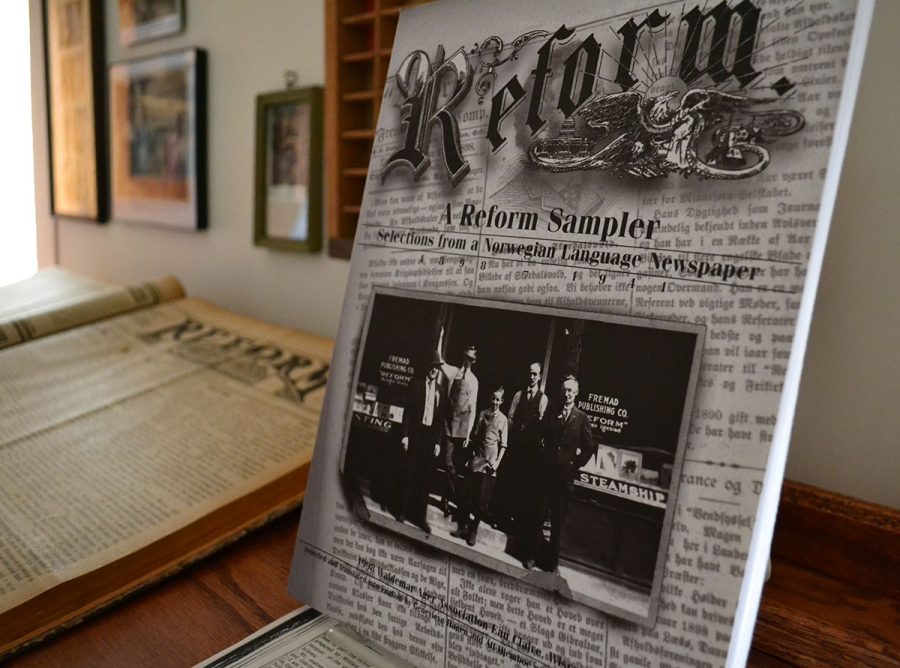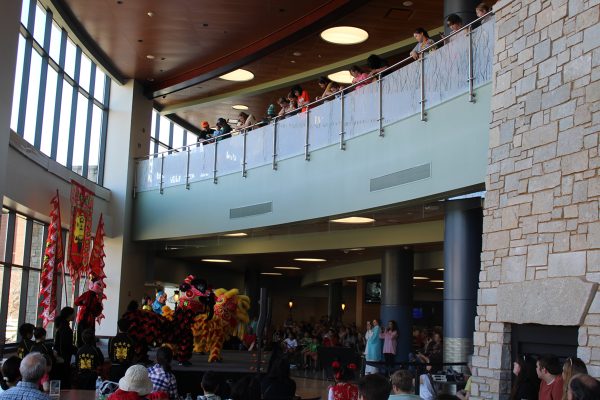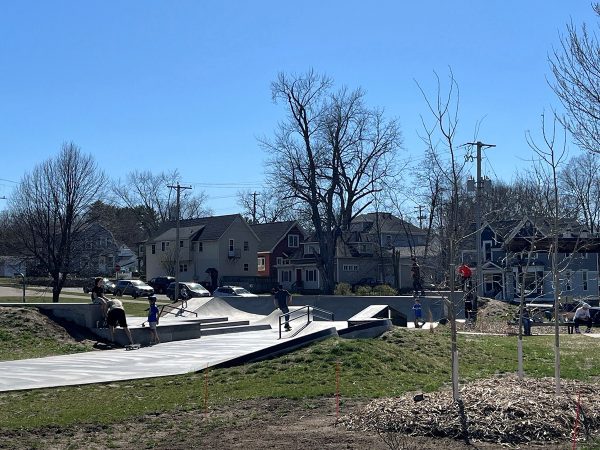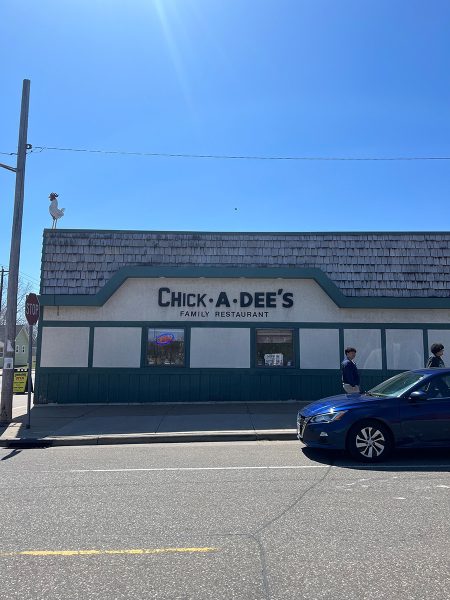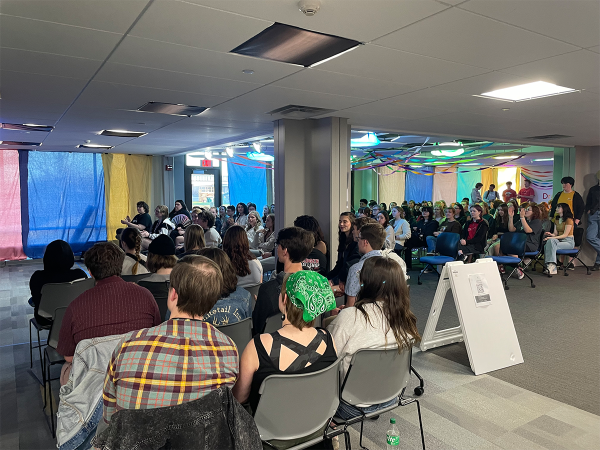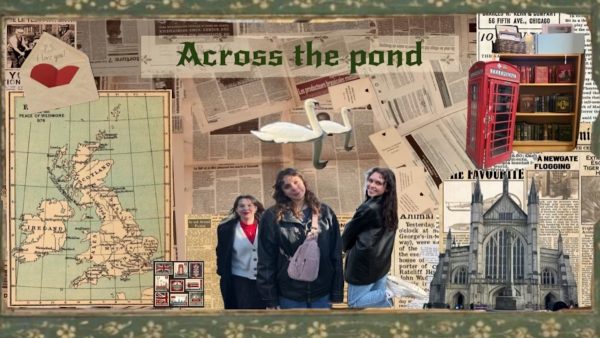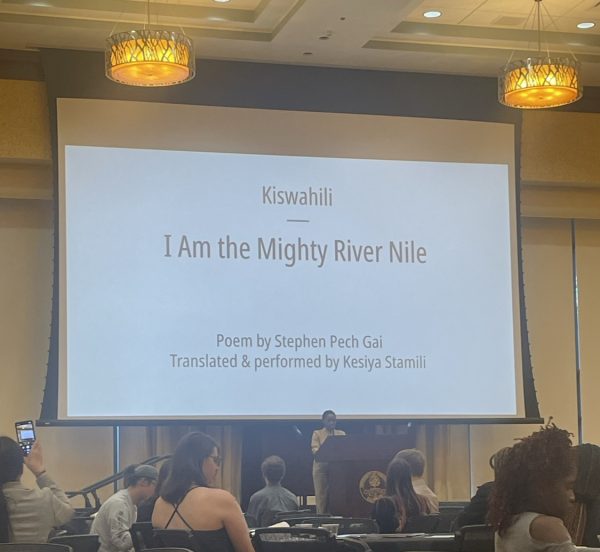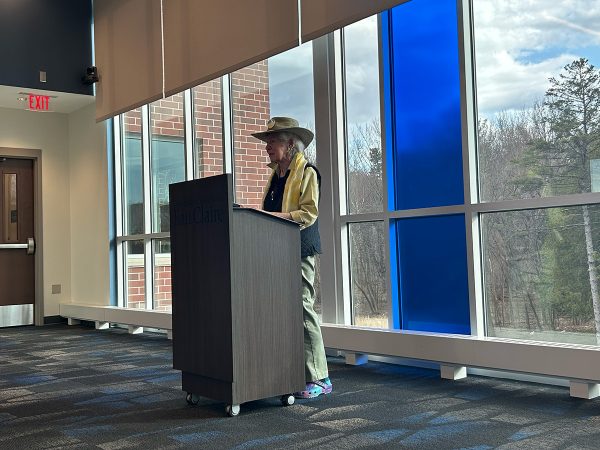Eau Claire museum preserves Norwegian culture
Former author and newspaper publisher’s home offers tours, events and has a collection of Norwegian novels
Photo by Kar Wei Cheng
The Ager Museum, located on West Madison Street, is open for tours from 10 a.m. to 2 p.m. on the second and fourth Saturdays of every month and every third Wednesday of the month from 4 p.m. to 7 p.m.
White wood trimming laces the Victorian cottage, making way to the black-framed windows that peer out at West Madison Street in Eau Claire. The front door distances itself from the street, as though it is apprehensive of the commotion.
From afar, the house seems dormant. But then the front door swings open, emitting warmth and life.
Welcome to the Ager Museum. The 115-year-old house has maintained its vitality and continues to be symbol of Norwegian culture to this day. Though it is elderly, the Ager house swirls with activity — tours, meetings and classes occur on a regular basis at the Ager Museum.
Doug Pearson, the past president of the Waldemar Ager Association, current chair of the association’s program committee and English professor emeritus of UW-Eau Claire, said the house’s preservation is thanks to the help of a crew of community members.
“They had a collective energy, commitment and skills,” Pearson said.
The Ager Museum has a story that spans history. Waldemar Ager bought the cottage in 1903, according to the museum’s website. Originally, the house sat on the corner of Chestnut Street and Whipple Street, nestled near the shores of Half Moon Lake.
Ager was a Norwegian-born writer. He published a newspaper called “Reform” that covered the temperance movement, Pearson said. “Reform” was entirely in Norwegian, with the exception of some English advertisements.
He also published several books, some that included a discussion about immigration that is still relevant today, Pearson said.
Along with his wife Gurolle, Ager raised nine children in the house. Black and white photographs of the children still rest atop a rectangular bookcase. Near the bookcase, a hefty black typewriter idles on a looming wooden desk.
Ager’s life and work are the main focuses of the Ager museum tour. Pearson said he considers Ager to be the best Norwegian-American author.
“For me, Ager is a fascinating man,” Pearson said.
The house stayed in the Ager family until 1962, when it was purchased by Luther Hospital, which converted the space into rooms for visiting doctors and, later, into a resale shop named Red Carpet.
In 1993, Luther Hospital decided to expand its hospital building. Unfortunately, this meant the house had to be destroyed, Pearson said.
Lead by Tim Hirsch, another Eau Claire English professor emeritus, a group of community members formed the Waldemar Ager Association to protect the house. Hirsch was granted the West Madison Street property from the city council, Pearson said.
Luther Hospital donated the Ager house to the association and helped wheel the entire house down the street to Madison Street, Pearson said. Because the house was not useable, the volunteers gutted it and began the repair process.
Today, the Ager Museum has been open to the public for 15 years. Pearson and the other docents give tours of the house, which is filled with early twentieth century furniture and Norwegian paintings.
On the second story, there is a Norwegian library that is open to the public. The basement, which is not part of the original house, is where the Waldemar Ager Association holds its meetings. Norwegian, Spanish, German and woodcarving classes are also held in the basement.
The Ager Museum hosts several events throughout the year, including Advent at the Ager and Nordic Summer Camp, a program that teaches children Norwegian culture.
Pearson said the house stands as a resource for Norwegian culture in Eau Claire. The preservation of the house is a “way to acknowledge and remember the past.”
Allyson Schultze, a sophomore public relations student who is currently learning about history in her Nazi Germany class, agrees with Pearson’s sentiment.
“The preserving of history helps with remembrance,” Schultze said, “and creates our culture.”
The Ager Museum is open for tours from 10 a.m. to 2 p.m. on the second and fourth Saturdays of every month and from 4 p.m. to 7 p.m. every third Wednesday of the month. Appointments can be made by emailing [email protected].
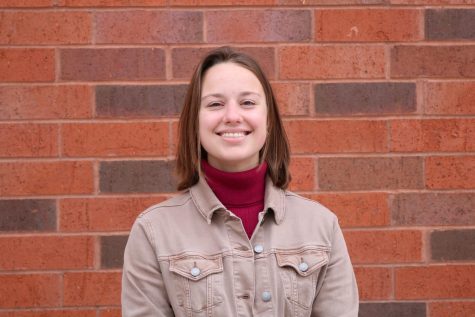
Neupert is a fourth-year journalism student at UW-Eau Claire. She is the executive producer of Engage Eau Claire on Blugold Radio Sunday. In her spare time, Neupert's working on becoming a crossword puzzle expert.

